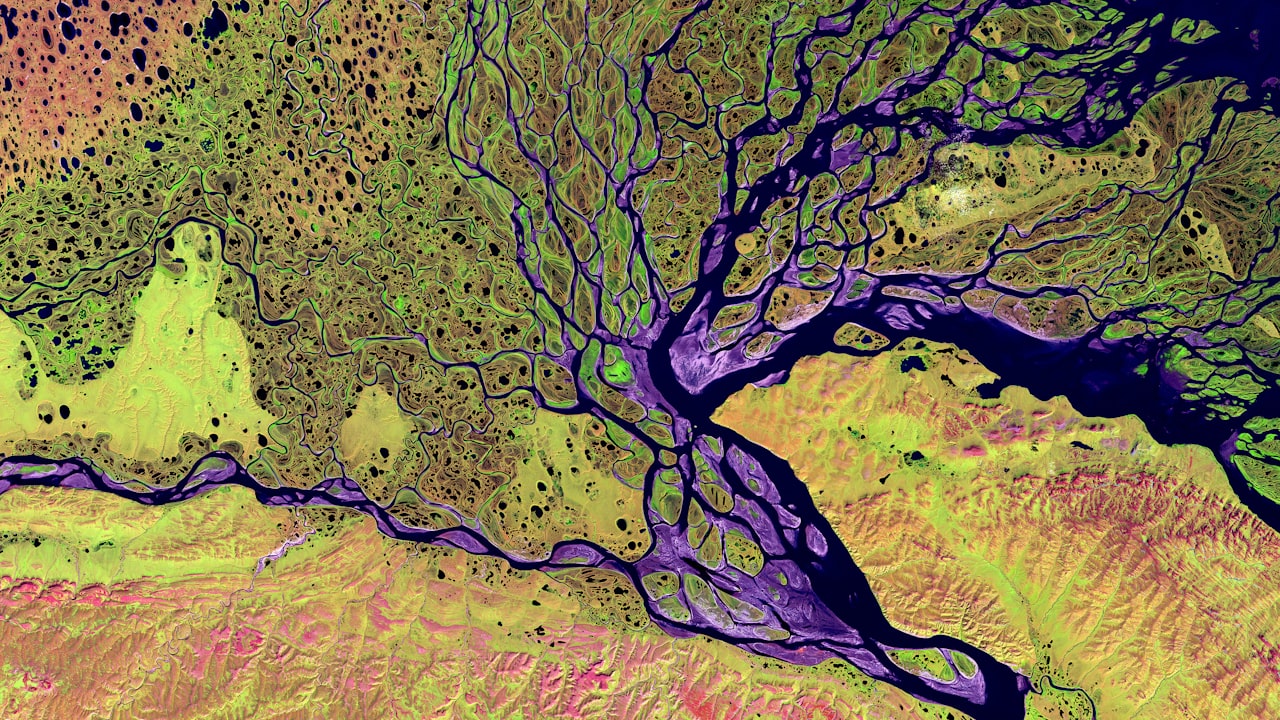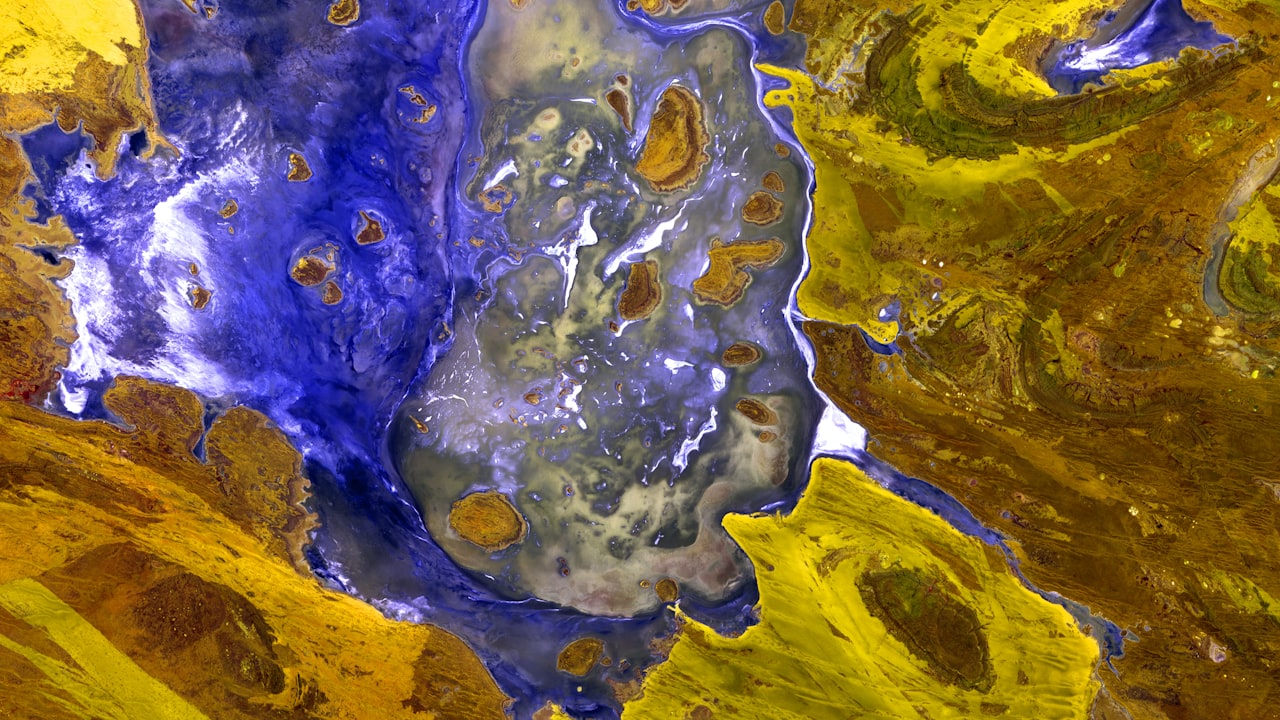Earth: Our Blue Marble in the Vast Cosmos
Introduction
Earth, our home planet, is a captivating and awe-inspiring celestial body that has nurtured and sustained life for billions of years. Floating like a blue marble in the vast cosmos, Earth is a unique haven of life, diversity, and wonders. In this exploration of our planet, we will delve into its formation, its diverse ecosystems, the significance of water, the human impact, and the quest for understanding its mysteries.
Formation of Earth: A Cosmic Genesis
The origin of Earth dates back over 4.5 billion years when our solar system was but a swirling cloud of dust and gas. As gravity pulled particles together, our planet was born, and a violent period of meteor bombardment shaped its surface. Over time, Earth’s interior heat led to volcanic activity and the formation of an atmosphere, creating the conditions for life to emerge.
Earth’s Blue Gem: The Significance of Water
Water, the elixir of life, is a defining feature of our planet. Covering approximately 71% of Earth’s surface, vast oceans and seas teem with life and play a crucial role in regulating climate. Water’s ability to store heat and moderate temperature variations enables a relatively stable environment for the diverse ecosystems that call our planet home.
The Biosphere: A Tapestry of Life
Earth’s biosphere is a tapestry of life, where an astounding array of organisms thrive in various ecosystems. From lush rainforests to barren deserts, life has adapted to a remarkable range of environments. Biodiversity, the interconnectedness of species, and the delicate balance of ecosystems contribute to Earth’s resilience and the intricate web of life.
Human Impact: Guardians or Peril?
As the dominant species on Earth, humans have shaped the planet’s landscapes and ecosystems like no other. Technological advancements and industrialization have brought progress, but also raised concerns about environmental degradation, pollution, and climate change. The delicate balance of the biosphere faces unprecedented challenges as we grapple with the responsibility of being guardians of our planet.
The Moon and Tides: A Celestial Dance
The Moon, Earth’s loyal companion, exerts a profound influence on our planet. Its gravitational pull creates ocean tides, a celestial dance of water that rhythmically ebbs and flows along coastlines. Tides play an essential ecological role, affecting coastal habitats and marine life, and have also influenced human history, navigation, and maritime exploration.
Unraveling Earth’s Mysteries: Scientific Endeavors
Throughout history, curiosity has driven humans to explore and understand the natural world, including our own planet. Earth sciences, such as geology, meteorology, and oceanography, have provided insights into Earth’s structure, processes, and climate. Satellite technology and space exploration have expanded our knowledge of Earth from space, revealing its interconnected ecosystems and environmental challenges.
The Blue Planet from Space: A Perspective of Unity
In the vastness of space, photographs of Earth as a blue gem suspended in darkness have become iconic symbols of unity and fragility. The overview effect, experienced by astronauts looking back at Earth from space, instills a profound appreciation for our interconnectedness and the need to preserve our precious home.
Conclusion: Our Shared Responsibility
In conclusion, Earth is a remarkable and precious planet, a haven of life and beauty in the cosmos. Its diverse ecosystems, blue oceans, and green landscapes weave a tapestry of wonder and inspiration. As inhabitants of this unique blue marble, we hold a shared responsibility to protect and cherish our planet, ensuring that its beauty and bounty endure for generations to come.



